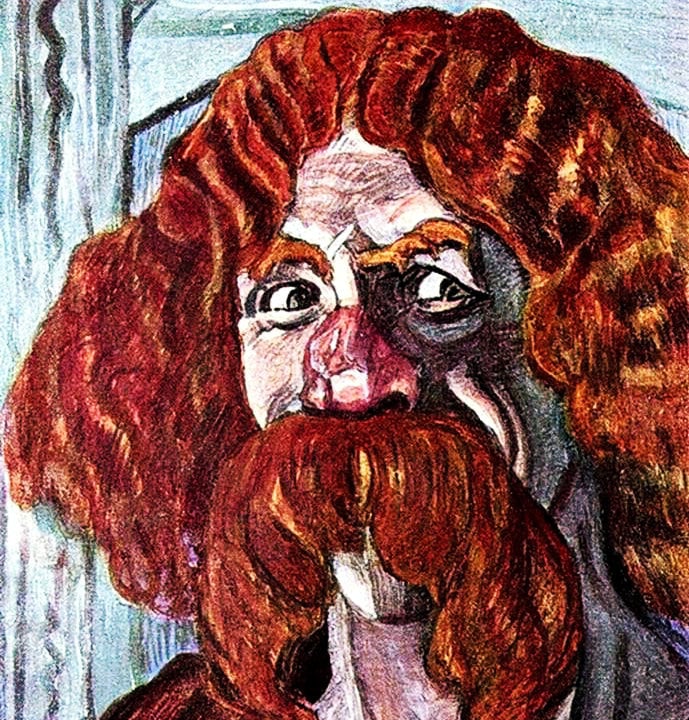Auburn color


Auburn is the color of the hair known as copper brown, is a whole (not mixed) of shades of three shades of copper, reddish brown and burnt land of Umbria.
Color coordinates
Hex triplet #A52A2A
RGB (r, g, b) (165, 42, 42)
CMYK (c, m, y, k) (10, 91, 86, 20)
HSV (h, s, v) (0°, 75%, 65%)
Painting: obtain it with modern pigments
You get well, in linseed oil painting, with a series of various (create at least 10 tones) blends of orange paints, red chinacrone, Sienna, burnt land of Umbria, bitumen and metallic copper (for modeling) which are available in many plastic arts stores. You should never put in the mixture any minimum quantity of black or white of any kind, because these colors immediately kill the vividness of the coppery brown.
Auburn hair:
Auburn hair can be used to describe many shades of reddish hair with similar definitions or hues. It is often conflated in popular usage with Titian hair. While Titian hair is a brownish shade of red hair, auburn hair is specifically defined as including the actual color red. Most definitions of Titian hair describe it as a brownish-orange color, but some describe it as being reddish. This is in reference to red hair itself, not the color red.
Auburn brown hair has the ability to reflect light (coppery areas), to transmit it from poorly lit areas of the head (colored earth of Umbria), to transmit it from back-lit areas (burgundy red) to diffuse light (when the hair is facing the sun, the cylindrical lens structure acts as a double prism), giving rise to an iridescent or golden effect.
The darker version of the Auburn Brown is the fawn color or burnt Sienna. It is similar to burgundy and brown, although these two colors have a more reddish hue, while the copper-brown color has a slightly higher brown tone.
Auburn color encompasses the color maroon, but so too do chestnut and burgundy. In contrast with the two, auburn is more red in color, while chestnut is more brown, and burgundy is more purple; chestnut hair is also often referred to as “chestnut-brown”.
Geographic distribution
Auburn hair is common among people of northern and western European descent, as well as North Africans, but it is rare elsewhere. Auburn hair occurs most frequently in the following regions: Denmark, Norway, Sweden, Ireland, Scotland, England, Germany, Austria, Netherlands, Belgium, Luxembourg, France, Poland, north Iberia and Russia. This hair color is less common farther south and southeast, but can occur somewhat regularly in Southern Europe (more so in Spain, and to some extent Portugal and Italy). It can also be found in other parts of the world colonized by genetically European people, such as North America, South America, Australia, New Zealand, South Africa, Siberia, etc.
The earth color of Siena corresponds to the rùtilo of the Latins
The historical Gallo-Roman Tacitus, in his book De origine et situ Germanorum, described the color of the hair of the Germanic peoples (angles, Saxons, Jutes, Franks, etc.) as ‘rutile’, which in Latin corresponds roughly to the tawny.
The Italian poet of the twentieth century, Gabriele D’Annunzio cites this color when he speaks of Ravenna, glaucous golden night.
Red hair
Rutilism refers to the appearance of leaps of generation, of the red-copper color that is found more often in some populations, especially in Northern Europe but according to the common opinion (moreover to be demonstrated) it would be to assert a Celtic descent.
From Wikipedia
Souce: https://en.wikipedia.org/wiki/Auburn_hair